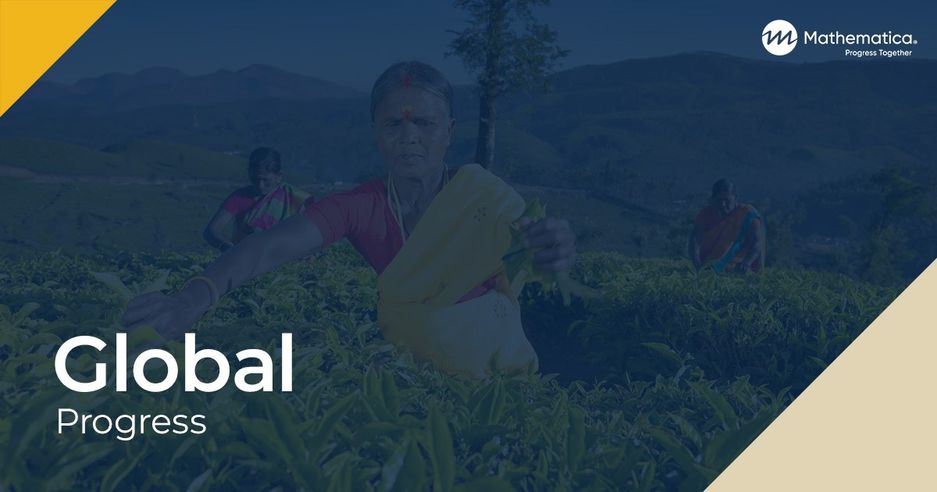Seven-Year Impacts of Burkina Faso's BRIGHT Program
Download
Associated Project
Burkina Faso: Impact Evaluation Design and Implementation for BRIGHT 1 and 2
Prepared for:
Millennium Challenge Corporation
Key Findings
Seven years after program launch, Mathematica finds that BRIGHT continues to have large, positive impacts on child enrollment and test scores:
- For villages participating in BRIGHT, enrollment rates of children ages 6 to 17 were 15.5 percentage points higher than the rates in non-BRIGHT villages.
- The effect on girls’ enrollment was 11 percentage points higher than that of boys.
- Children in BRIGHT villages had better test scores than students in non-BRIGHT villages. The average BRIGHT student who began at the 50th percentile moved closer to the 73rd percentile in both math and French.
Fewer than half of the girls living in Burkina Faso in 2004 attended primary school. In the same year, only a quarter of all girls were enrolled in the last grade of primary school. To address these issues, the government of Burkina Faso launched “Burkinabé Response to Improve Girls’ Chances to Succeed,” or BRIGHT, in 132 villages throughout 10 provinces in the country, where primary school enrollment rates were the lowest nationwide. Starting in 2005, BRIGHT funded the construction of primary schools, one in each village, and implemented complementary interventions. The schools had had three classrooms, one each for grades 1 to 3. To sustain the program’s success beyond its first three years, the Burkina Faso government extended BRIGHT in 2009 by constructing three more classrooms, one each for grades 4 to 6, and by continuing the original complementary interventions.
Mathematica and its partners recently completed a midterm evaluation of BRIGHT’s seven-year impact on enrollment, attendance, test scores, health, and child labor. This report includes key findings from the evaluation and presents a preliminary benefit-cost analysis of the program, estimating its economic rate of return.
How do you apply evidence?
Take our quick four-question survey to help us curate evidence and insights that serve you.
Take our survey
